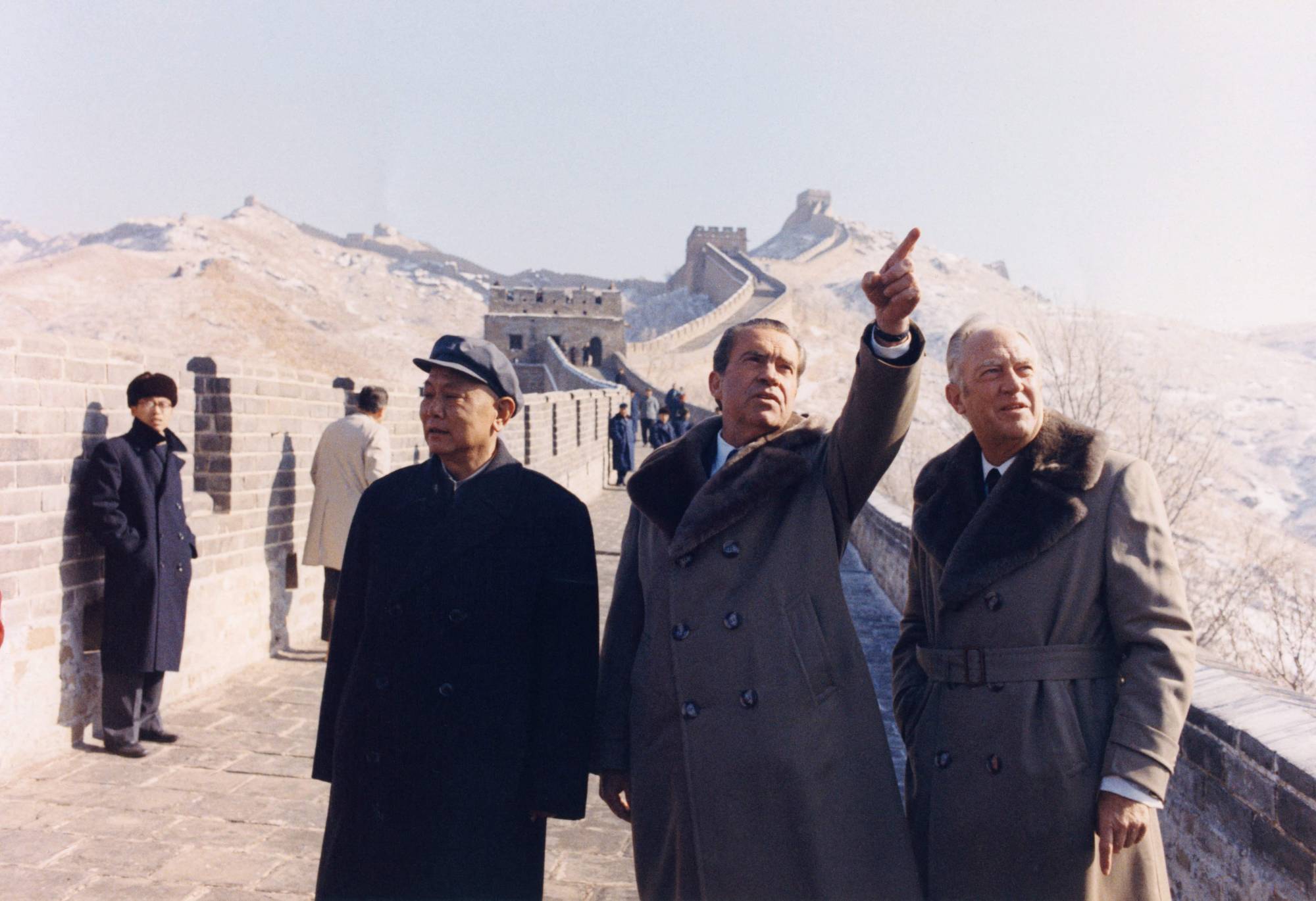Fifty years ago this week, U.S. President Richard Nixon made his historic trip to China. The visit was a geopolitical master stroke — a bold move to reshape international relations by transforming the trilateral relationship among the United States, China and the Soviet Union.
For many, the hopes and visions that fueled that trip have been trampled, the product of naivete, miscalculation or, perhaps most alarming, their own success.
Nixon saw himself as a master strategist. He reached out to Beijing, which had been locked in an implacably hostile relationship with the United States since the founding of the People’s Republic of China in 1949, to re-balance a geopolitical triangle to the United States’ advantage. Nixon understood that relations between Beijing and Moscow were fraught and that finding common cause with China would ally the world’s largest economy with the world’s largest population and benefit the United States in the Cold War struggle against the Soviet Union.



